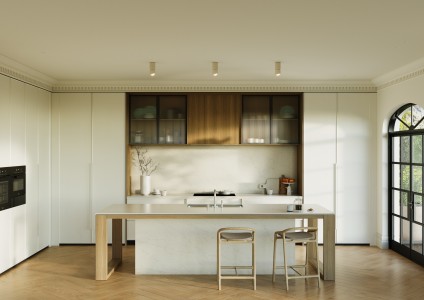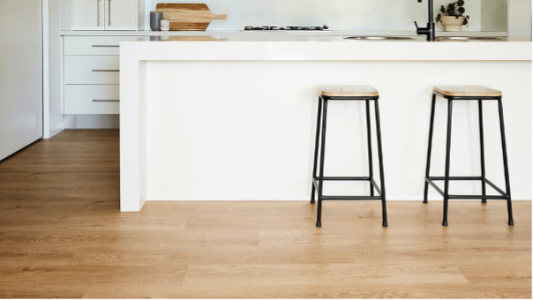Designing a Home for Old Age
Designing a Home for Old Age
Story supplied by Great Living Homes
Whether you’re building a brand new home or looking to modify a house to live in for retirement, you’ll need to accommodate for any challenges that could be brought about by any existing or potential illnesses or injuries.
Ramps may need to be built to facilitate entry to the home or to allow access throughout the home. Home modifications may need to be introduced for residents with vision or hearing impairments, and for people with difficulties walking, reaching or lifting due to injuries or disabilities. It’s important that your home is modified to suit your individual needs, but there are some common modifications for you to consider.
The bathroom is a room where there is often assistance needed. Some examples of modifications that could be considered here include:
- Non-slip flooring: Smaller tiles can help to create more friction between your feet and the ground therefore assisting with grip. Non-slip mats are also a good option for the entry to the shower.
- Handrails: Placed inside shower, or anywhere that residents might need support, handrails can assist people in maneuvering around the bathroom safely.
- Door Levers: Door levers are easier to open doors when residents are unable to grip a door knob.
- Shower Chair: Keeping a secure chair in the shower is handy for people that can’t stand for long periods of time.
The following helpful tips can be used in other areas of the house to make the life of elderly residents easier, and allow them to maintain their independence:
- Elevators: Homes that have stairs may need to be modified by swapping stairs for an elevator, or even a chair lift which runs up the stairwell.
- Trip Hazards: Be mindful of rugs or mats that present a trip hazard. People with poor vision may slip or trip on these causing themselves injuries.
- Lighting: For those with poor vision, extra lighting may be useful. Also, consider the height of light switches and power points. Do they need to be higher or lower to prevent injury?
- Benches and Cupboards: Particularly for people in wheelchairs, cupboards and benches should be at a height where the wheelchair can fit under or roll up to easily. Kitchen cupboards may need to be lowered to a safe height.
- Power Points: Moving power points from lower down to roughly table height allows the occupant to avoid bending or reaching too much.
- Doorways: Wheelchair bound residents will require wider doorways to allow easy access throughout the home.
Great Living Homes are equipped with a knowledgeable team that can help you get into your new home. Analyse what’s needed for your home modifications and they will ensure your new home is tailored to suit you and your future.



